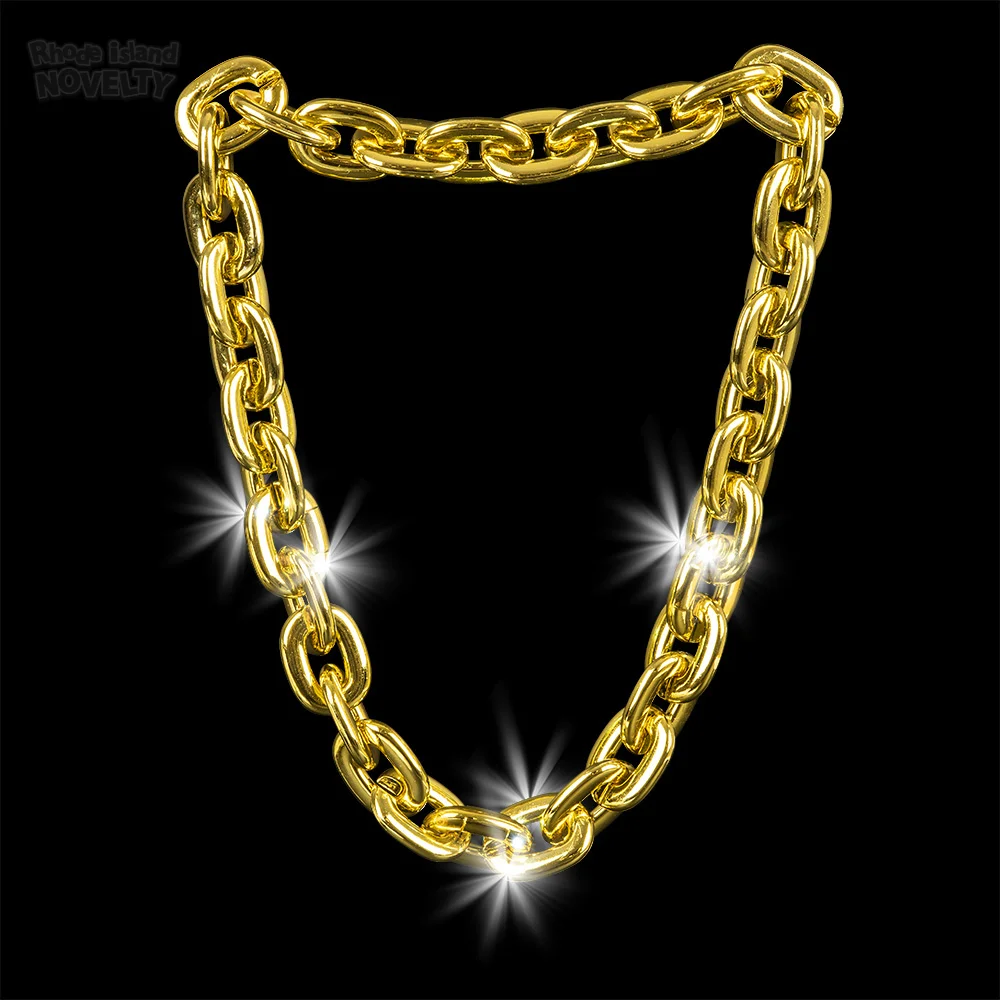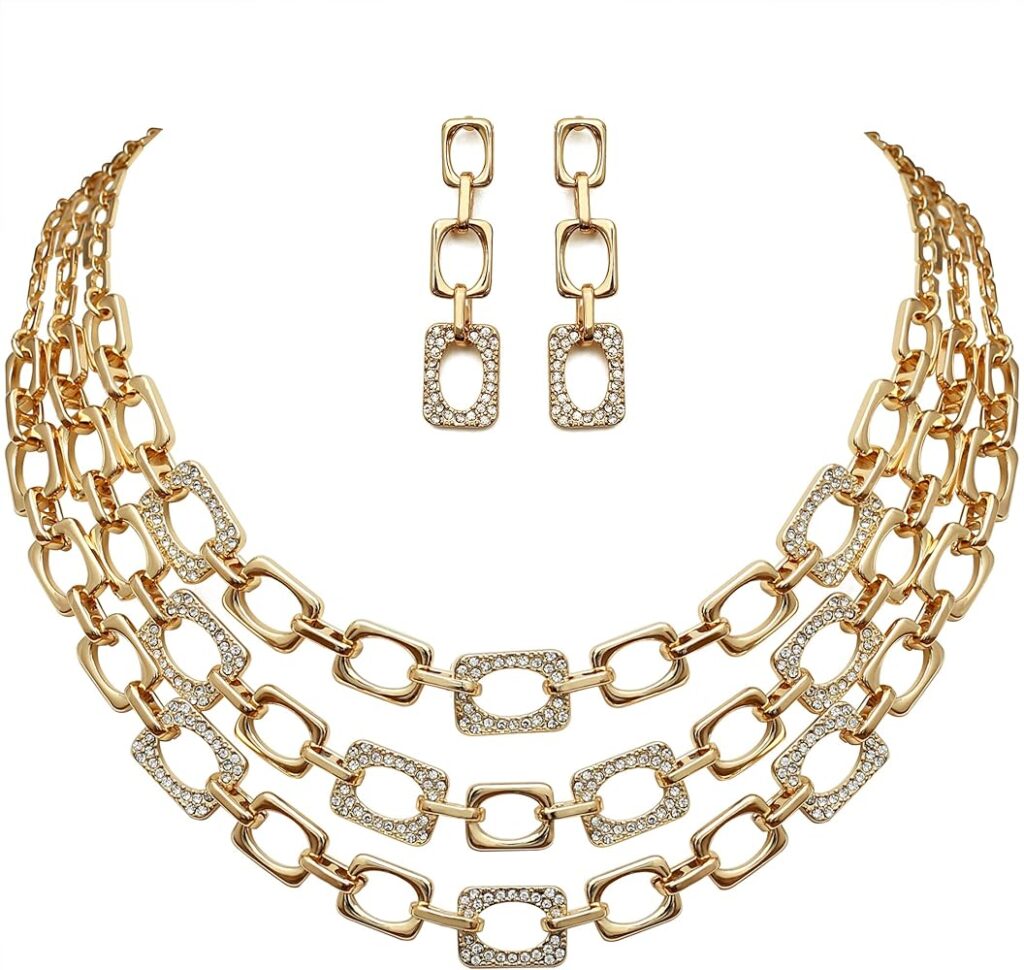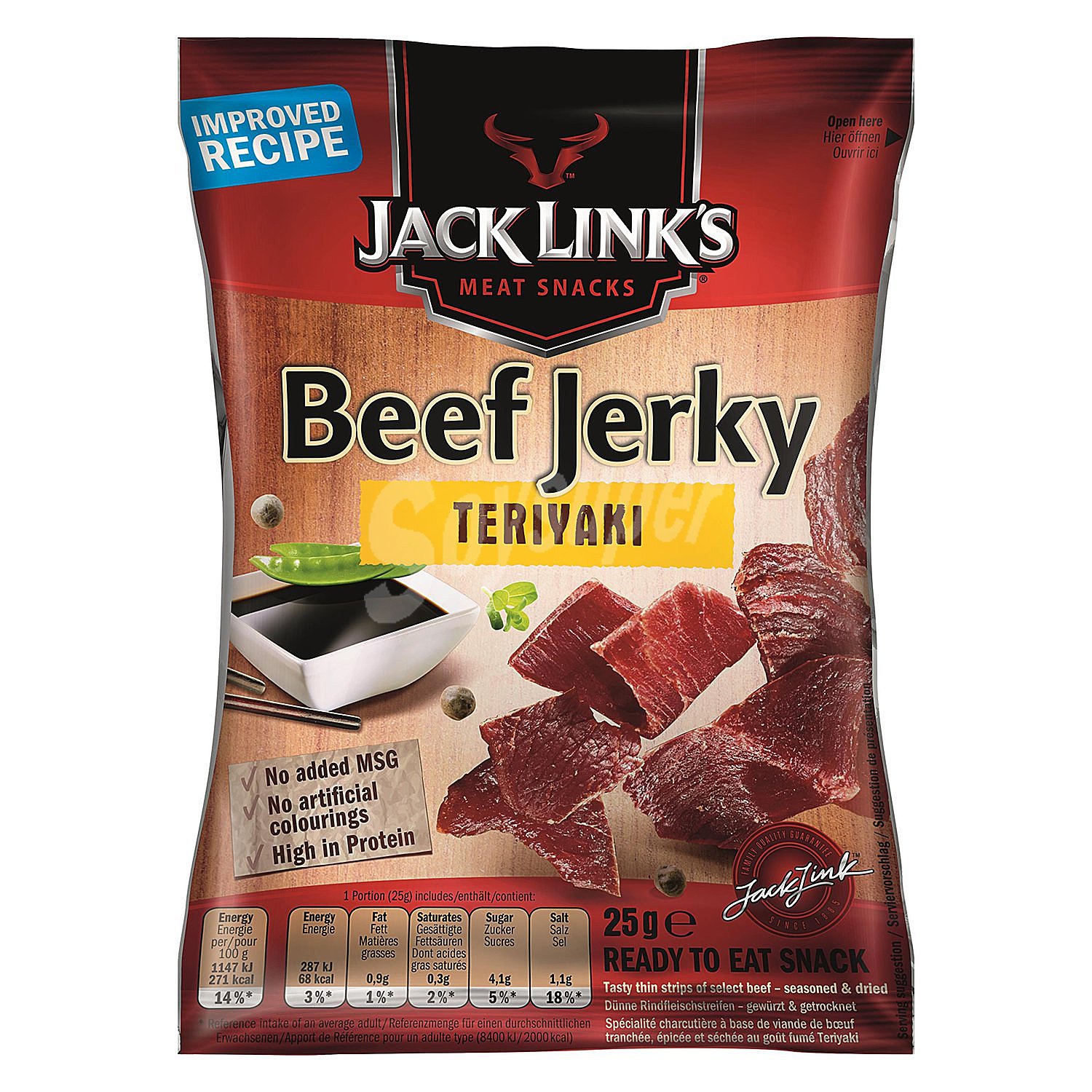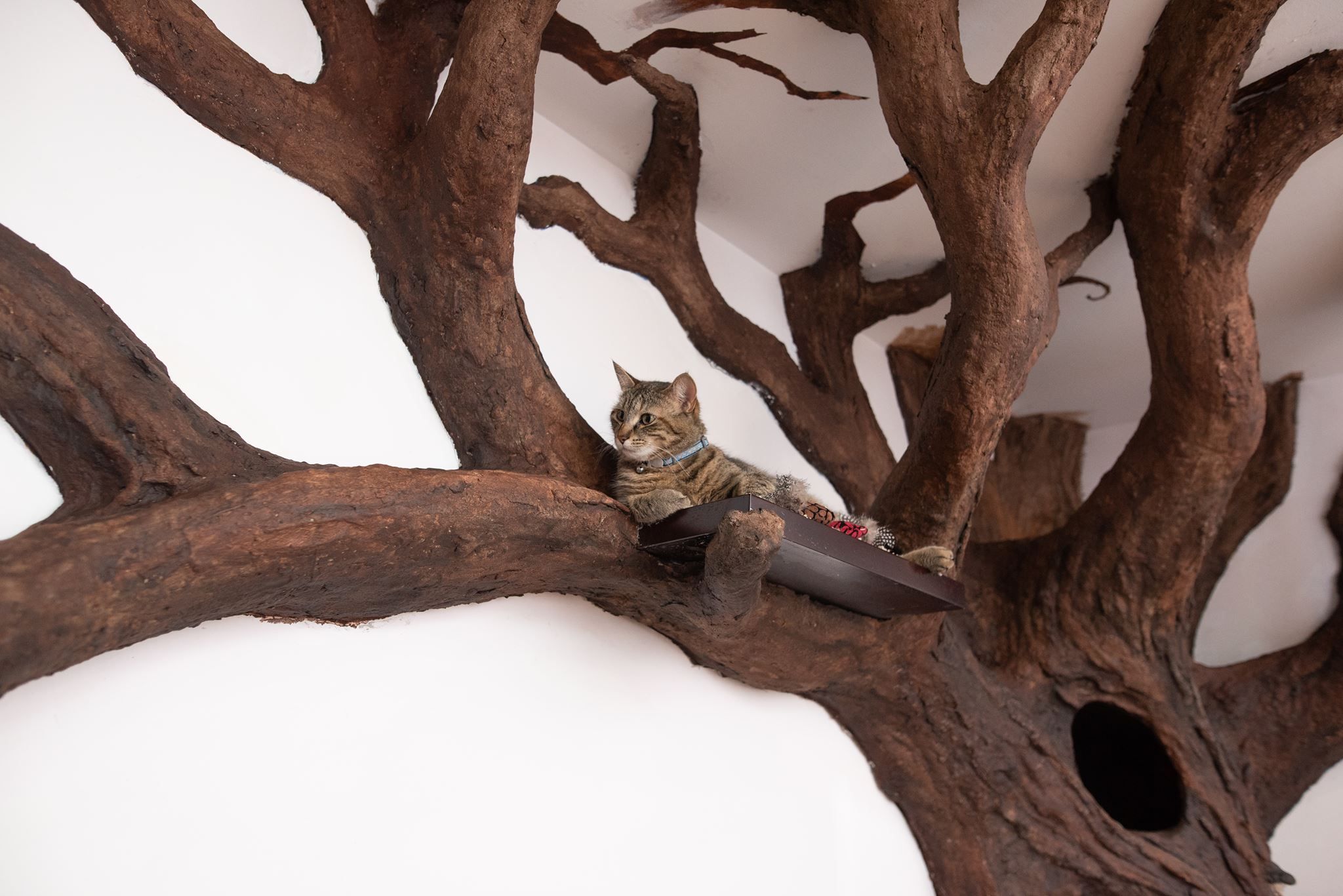
Chains have grown vital in numerous industries, from fashion to manufacturing. Their versatility, energy, and aesthetic attraction cause them to lose precious belongings, whether or not used for functional functions or as setting format factors. This guide offers an in-depth look at chains‘ essential things, abilities, advantages, and applications, catering specifically to jewelry fans, manufacturers, and fashion designers.
Table of Contents
What Makes Chains Essential?
Chains are more than just interconnected links; they’re symbols of strength and beauty. In various contexts, they serve multiple functions—securing heavy masses, improving the splendor of jewelry, and creating tricky fashion designs. Here, we discover why chains are so widely used in one-of-a-kind fields.
Key Features and Benefits
Strength and Durability
Chains are engineered to face up to full-size weight and anxiety, making them best for heavy responsibility duties. Chains robust introduction guarantees long-lasting usual performance, whether or no longer they may be applied in business settings or as part of a style accent.

Versatility
Their adaptability is fantastic, from touchy silver chains adorning your neck to robust chains applied in manufacturing. Chains can be customized in lengths, thicknesses, and materials to match specific wishes and alternatives.
Aesthetic Appeal
Chains are only sometimes functional in fashion and jewelry; however, they function as elegant accessories. Gold chains, silver chains, and uniquely designed Figaro and Cuban link chains add a touch of sophistication and splendor to any outfit.
Industry Applications
Chains are a staple in the earrings business enterprise, used in necklaces, bracelets, and anklets. Their designs range from easy and understated to complicated and ornate, catering to various tastes and patterns. Fashion designers also incorporate chains into apparel and accessories and use them to feature flair and functionality.
Jewelry and Fashion
Example:
Gold and silver chains are often used to create layered necklaces, adding depth and size to an outfit. Designers like Chanel and Gucci frequently use chains to beautify purses and garments, making them functional and fashionable.

Manufacturing and Construction
In production, chains play a critical function in the transportation and lifting of heavy materials. Their electricity and reliability make them necessary in ensuring safety and performance on task sites.
Example:
Heavy-duty chains are used in cranes and forklifts to raise and deliver building materials properly. Chains In advent, chains are frequently employed to steady scaffolding, providing balance and assistance.
Maritime
Anchor chains are critical for securing vessels in maritime settings. These chains are designed to resist harsh ocean conditions, ensuring the protection and stability of ships and boats.
Example:
Anchor chains are made from excessive-electricity metal and are engineered to face as much corrosion from saltwater. They are pivotal in retaining vessels anchored securely, even in rough seas.
Creating Your Custom Chain
Choosing the Right Material
The cloth of the chain determines its strength, durability, and appearance. Common materials encompass stainless steel, gold, silver, and platinum. Each cloth has particular properties and advantages, making it suitable for specific applications.
Design and Customization

Chains may be custom-designed in various ways to meet specific necessities. Whether you want a specific period, thickness, or format, customization guarantees that the chain fulfills its intended purpose while preserving aesthetic appeal.
Maintenance and Care
To ensure durability, it’s important to maintain and care for your chains well. Regular cleansing and inspections can prevent wear and tear, preserving the chains in a notable scenario.
Uses of Chains via Men and Women
Chains serve a massive variety of features for both women and men, improving the functionality and fashion of their daily lives.
Men
For men, chains are frequently integrated into non-public fashion via rings collectively with necklaces and bracelets. A robust chain can add a rugged enchantment to an outfit, particularly even when paired with an informal place, and stylish gold or silver chains can complement formal attire. Additionally, chains are usually applied in realistic packages, from securing equipment in a workshop to enhancing the sturdiness of outdoor gadgets.

Women
Women frequently employ chains in numerous strategies, each as fashion statements and sensible factors. Delicate chains may be woven into necklaces that enhance the collarbone or layered for a cutting-edge look. In addition, chains are frequently featured in handbags and clothing, including specific format factors. Beyond aesthetics, chains can also serve practical functions, incorporating connecting keys or attaching add-ons, seamlessly blending style with application.
Conclusion
Chains are flexible, durable, and aesthetically appealing, making them worthwhile in numerous industries. Knowing chains’ key capabilities and blessings will help you make informed choices whether you’re a ring fanatic, manufacturer, or fashion dressmaker. Explore the countless possibilities that chains offer and elevate your paintings or fashion.
FAQs
1. What materials are commonly used for chains?
Chains may be crafted from various materials, including stainless steel, gold, silver, and platinum. Each material offers specific properties, such as strength, durability, and aesthetic enchantment, making it suitable for one-of-a-kind packages.
2. How do I choose the proper chain for my rings?
When selecting a series for rings, consider elements such as cloth, duration, thickness, and format. Choose a fabric that complements your intended fashion and ensures durability. Additionally, make sure the duration and thickness of the pendant or accent you propose to use it with are wholesome.
3. Are chains smooth to keep?
Yes, chains are typically easy to maintain. Regular cleaning with appropriate solutions and inspections for signs and symptoms of damage can keep them in fantastic condition. Be conscious of the precise fabric, as some also require specialized care.
4. Can chains be custom-designed?
Absolutely! Chains may be customized in many ways, including length, thickness, and design. Customization allows you to create a chain that completely meets your aesthetic and practical desires.
5. What are the practical uses of chains outside of jewelry?
Chains have numerous practical programs, from securing gear in workshops to enhancing the durability of outdoor equipment. They are also essential in manufacturing and transporting heavy materials and in maritime settings for anchoring vessels securely.






